At Romanian Design Week: An Intimate Creative Economy
This month, The Institute in Romania presented its 6th edition of Romanian Design Week in the capital of Bucharest. Romania may not be a staple destination in the European design circuit; a communist country until the 1989 Romanian Revolution, it is more known for associations with Dracula, stuffed cabbage leaves and traditional peasant huts in the countryside. Now, Romania’s design aesthetic is in a state of free, thoughtful reinvention. This year’s presentation showed a strong contingent of young designers, many of whom have returned from working abroad, and are bent on merging traditional Romanian style with their international influences.
Romanian Design Week attracts 30,000 visitors each year, and to their credit, they have done this with no government backing. Instead, the festival is put together by The Institute, an organization providing an “ecosystem for creative industries in Romania.” Maria Neneciu, a program manager at The Institute, says the design week is necessary to “present what creative industries mean in Romania and what it can offer.” And this is as much a presentation to the international community as it is to the local scene, which is in a nascent stage of growth, and uses the design week as both a stepping stone and a source of pride.
This year, the exhibition was hosted at Bucharest Telephone Palace (Palatul Telefoanelor), one of Bucharest’s most iconic buildings on 35 Calea Victoriei. Designed by the Romanian architect Edmond Van Saanen Algi, it is an art deco style building and the first major modernist building on Calea Victoriei. On this street, Tudor Octavian once wrote, “this is how the whole of Bucharest would look if we had been allowed…, if its builders had been clever enough…” Calea Victoriei became the natural choice of venue for the central exhibition as well as other collateral events, such as a Design Pop Up where designers could hold talks and showcase their products in-person.

The main hall of Telephone Palace was also the main venue for Romanian Design Week. Photo by Keshia Badalge.
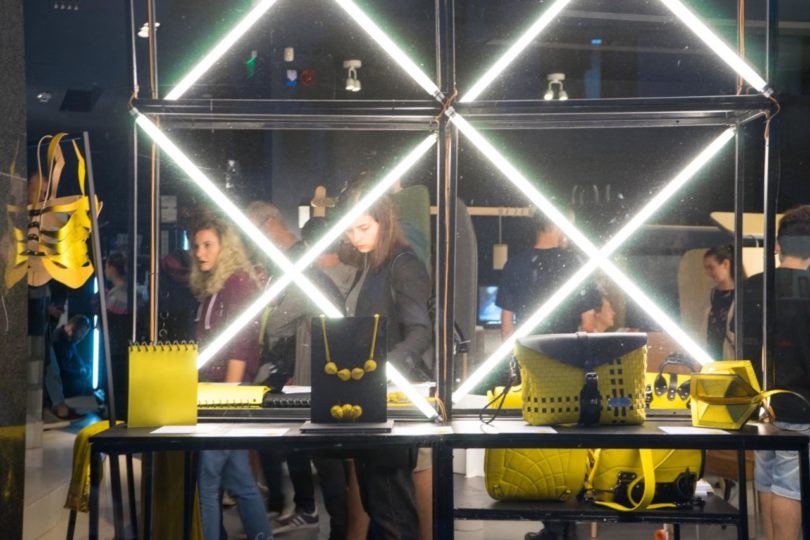
The Design Pop Up Store for Romanian Design Week was down the road from Telephone Palace. Photo by Keshia Badalge.
One of the strongest presentations at Romanian Design Week came from a social enterprise, Meșteshukar ButiQ (MBQ), who took the award for the best in Product Design. Meșteshukar ButiQ (meaning “handicraft boutique”) is a design collective that employs traditional Romanian coppersmiths, woodturners, seamstresses and basket weavers and matches them with modern designers. The goal is to create stylish, contemporary products using time-honored methods. In the words of MBQ, “One part is new, and brings the efficiency of machines and technology, and the other part is ancient, and gives products their soul and uniqueness.”
As part of a collateral event, Design Milk got to tour the Meșteshukar ButiQ store and talk to some members of the team. Andrei Georgescu from MBQ explained to that they work with 18 craftsmen in their network, who they find by word of mouth, and they then match them with the right designer for a collection. The craftsmen are spread all over Romania, so most designers have to travel around Romania to visit and work with these 18 craftsmen.
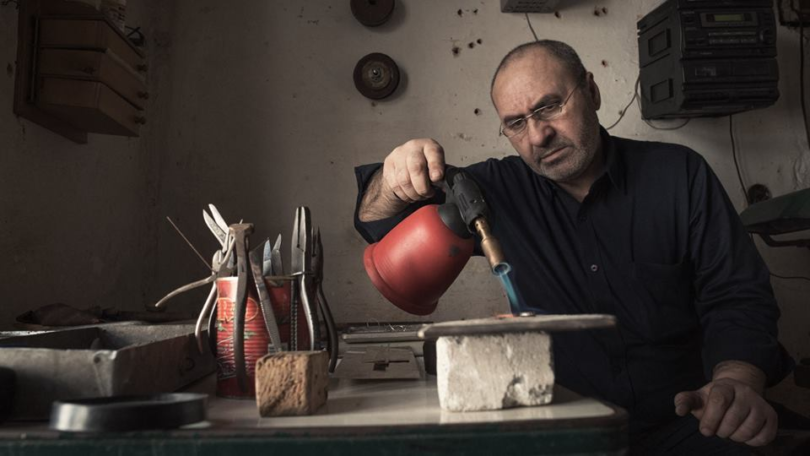
Radu Ion, a silversmith from Bucharest, was paired with designer Adina Marin for a new silver/copper collection. Photo by Matei Plesa.

Morning coffee made fresh in your own copper cup, part of MBQ’s Home Decor Collection. Austrian designer Nadja Zerunian came up with the initial design, and the products were then made by coppersmiths in Romania. Photo by Mesteshukar ButiQ.
SPOONFOOL, a studio with a collection of whimsical ceramics, started as an experiment by two graphic designers, Claudiu and Alisa. Always on the road, in 2016 they finally decided to do something to the random collection of sentimental objects they had amassed from their trips. By using ceramics, beautiful waste such as driftwood, debris from forests, or misplaced branches could attain new shapes and uses.
The utensils are all fully functional. Every branch was matched with a utility end, such as ladle, skimmer, spatula, draining spoon, spreading knife or fork. These scoops and other functional parts are shaped by hand out of earthenware using “pinch pottery.” It’s one of the oldest techniques in pottery: pinching a ball of clay multiple times in the curve of one’s palm, until the shape of slowly emerges. No machinery here, just handiwork and sentimental wooden pieces transformed into kitchenware.
As the name suggests, Ceramic Sparrow is a design studio dedicated to ceramics. The firm was founded in 2010 by Andreea Lazarescu and Tiberiu Dancila, a pair currently obsessed with reinventing the shapes in something as traditional as teaware. On their source of inspiration, Andreea Lazarescu told us that it “comes from different areas of the art, especially Modernism and the artistic movements of the early twentieth century, as well as architecture and different designers such as Koloman Moser, Josef Hoffmann, William Morris or Masahiro Mori.”
The angular planes of the Malevich tea set, for example, break up the monotony of traditional, symmetrical teaware that is thrown from a rotating pottery wheel. The set consists of a teapot with one pair of cups with mismatched sizes. Each volume is circular at the top, with straight planes connecting to an angular surface below. Not only is the matte pink a delight to look at, these pieces are pleasing to hold, the rigid edges and intersections fun to explore. The outer layer of leather is thermally insulating and makes it a classy addition to any table – whether for afternoon tea or for a calm evening post-dinner.
Another piece in their teaware collection is the Melanoplus teapot, a compact teapot with a fluid elliptical shape, made of glazed white high-fire porcelain.
Tea for One takes the shape of an old jar. The jar is wrapped in real Portuguese leather so that tea inside can keep warm without the jar being too hot on the outside. It comes in cool shades of blue, grey and green.
It is a time of optimism in Romania. Timisoara, a city in Romania, was selected as the First 2021 European Capital of Culture based on its unique multicultural diversity and architectural traditions. The title will draw financial investments from the country and from the EU, that will help the city–and Romania–long after their year is over. Furthermore, Romania has year-on-year GDP growth of 8.8%, and is currently the fastest growing economy in the European Union, according to Market Mogul. The mechanisms are in place for a blossoming design scene, and the local designers are more than excited to take Romania to the next level.
If design weeks in Milan and New York are said to bestride the design world like a Colossus, Romania has its feet on the ground. This may well prove to be its biggest advantage. The projects shown at Romanian Design Week have a curated focus on local wares, and show a consistent intimacy between domestic materials, products and designers. Many of the crafts are made or informed in some way by traditional Roma craftsmanship, so they’re likely to draw the curiosity of design aficionados when they hit the international market.
Where international brands join in the slew at many other global design weeks in order to create an image of an international design scene, at Romania, it is a design week they can truly call their own, and be proud of.
from Design MilkInterior Design – Design Milk https://ift.tt/2sJ5OSO
via Design Milk
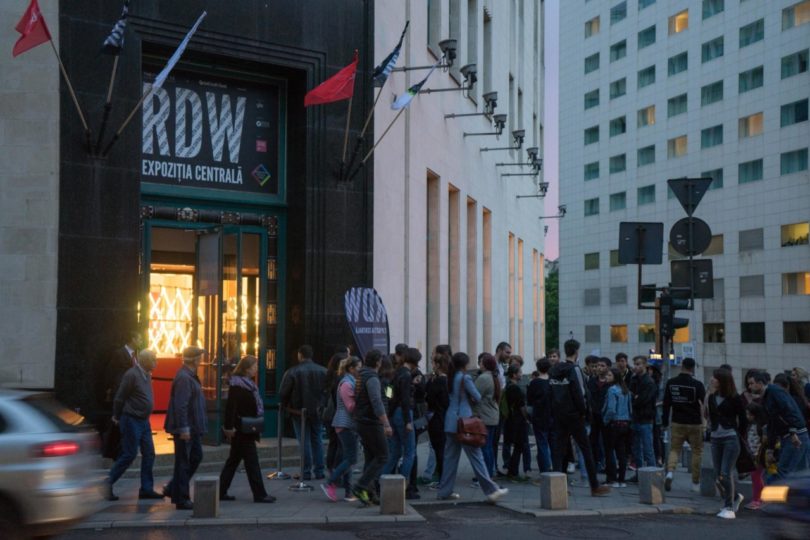








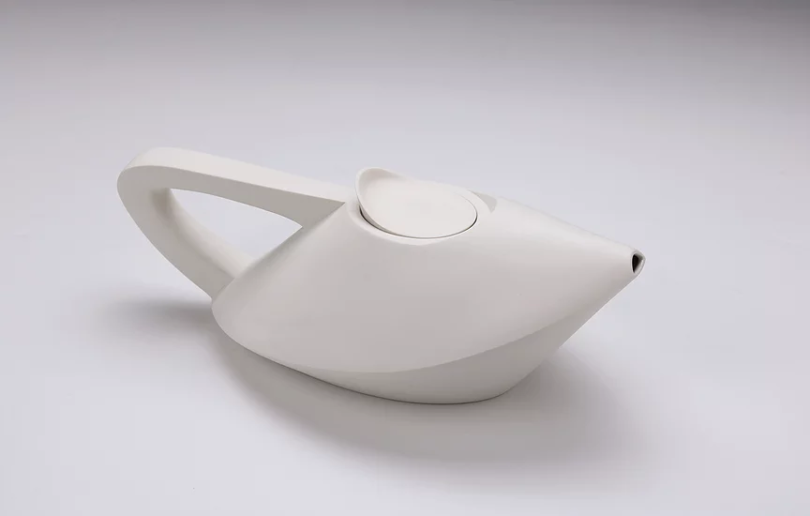
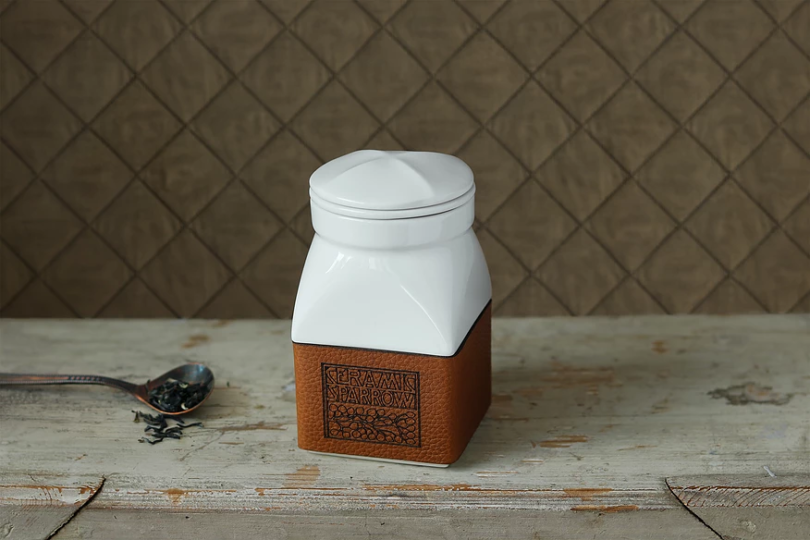
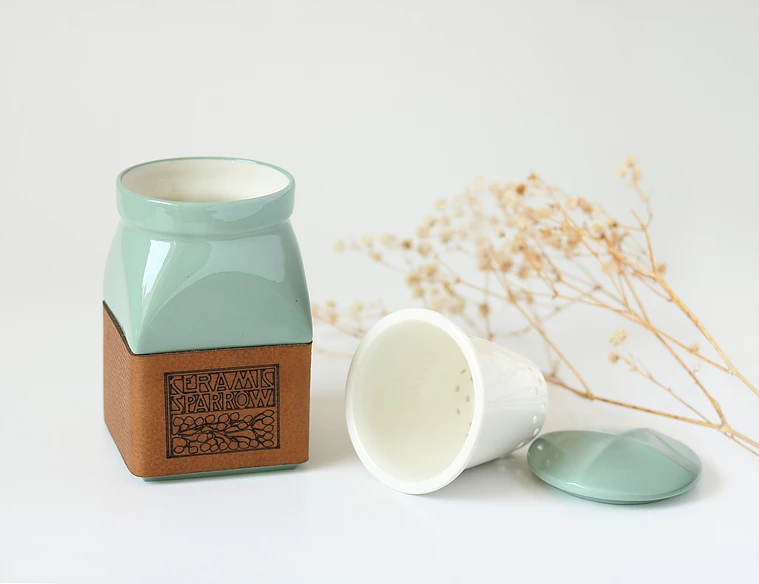
No comments